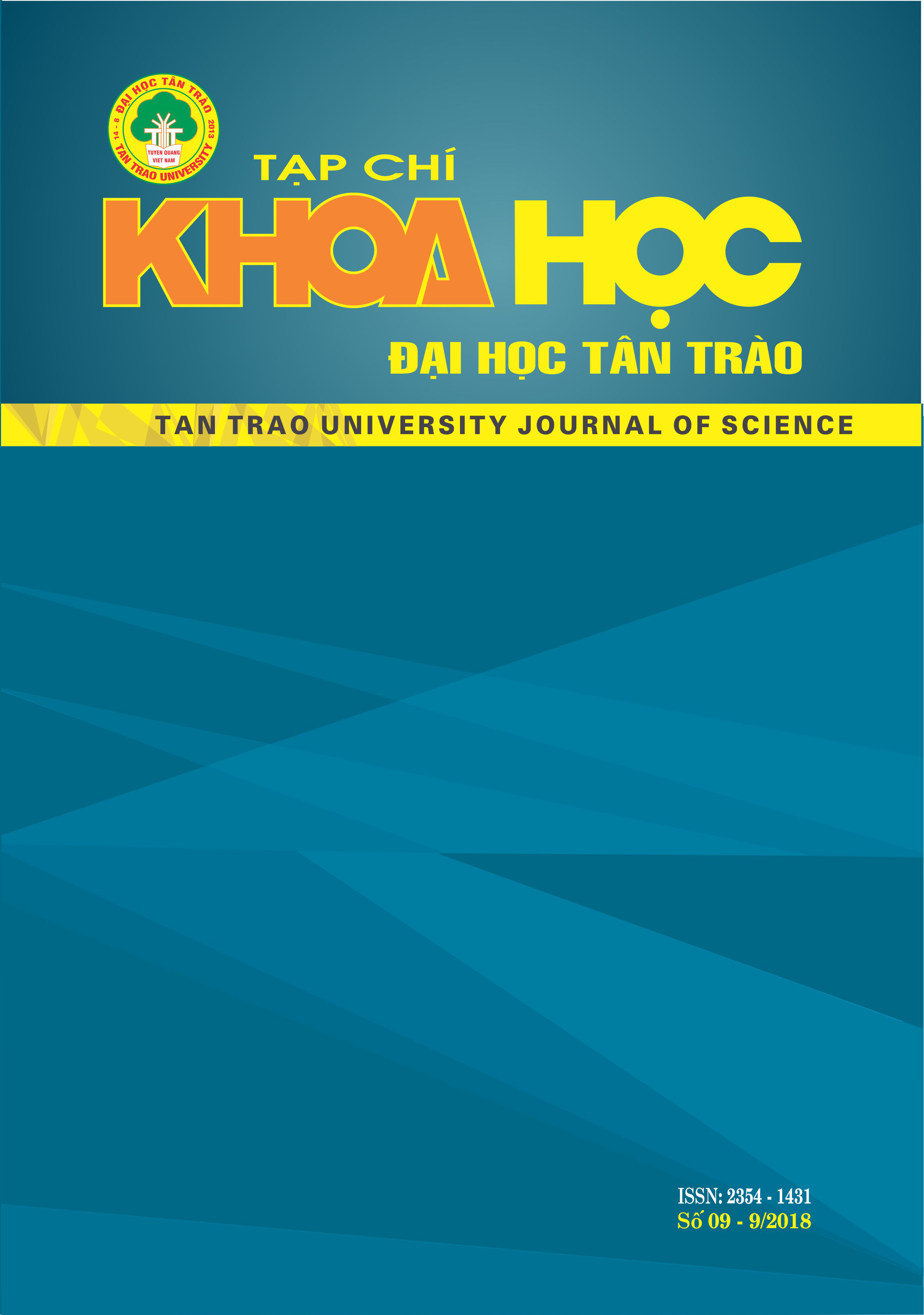Usages of active and passive sentences in English
DOI:
https://doi.org/10.51453/2354-1431/2018/173Keywords:
Active sentence, passive sentence, English, teacher, learner, structureAbstract
In the process of study and research, we have found that not only "the English words, prepositions, verb phrases and conditional sentences ..." make it difficult for learners to " active and passive " are also one of the major obstacles for foreign language learners. So in this study we would like to refer to the usages of active and passive sentences. This is one of the topics that many linguists study and are currently interested in. Here we present only a few aspects of active and passive sentences . The focus is on the usages of active and passive sentences in English. The purpose is to select the topic "Active and Passive English sentences" to help teachers and learners understand a language. This is the best way to use active sentences and passive sentences in English, especially English major students.
Downloads
References
1. Lại Văn Chấm và Nguyễn Văn Ba (2009), Học tốt tiếng Anh lớp 12, Nxb Thanh niên, Tiền Giang;
2. Lê Tuệ Minh (2011), Văn phạm tiếng Anh thực hành, Nxb Dân trí, Hà Nội;
3. The Windy (2013), Giải thích ngữ pháp tiếng Anh, Nxb Đại học Quốc Gia Hà Nội;
4. A.J. Thomson and A.V. Martinet (2011), A practical English grammar, Nxb Văn hóa - thông tin;
5. A.J.Thomson and A.V.Martinet (2012), A practical English grammar,Nxb Thời đại, TP. Hồ Chí Minh;
6. Active voice and Passive voice, weblearn, www.weblearn.in/active_passive/;
7. Câu bị động, enci English center, www.enci.edu.vn/cau-bi-dong;
8. Câu bị động trong tiếng Anh, kênh tuyển sinh, http://Kenhtuyensinh.vn, truy cập ngày: 24/11/2013;
9. Chuyên đề một số lỗi khi biến đổi từ câu chủ động sang bị động mà học sinh thường gặp và cách khắc phục, thư viện tài liệu, www.thuvientailieu.vn/tailieu/chuyen-de-mot-so-loi-ve cach-bien-doi cau-chudong-sang-cau-bi-dong-ma-hoc-sinh-thuong-gap-vahuong-khac-phuc 5861/, truy cập ngày 12/11/2013;
10. Passive and Active voice, grammar revolution, www.english-grammar-revolution.com/;
11. Vũ Mai Phương, Video hướng dẫn phân biệt câu chủ động và câu bị động, kênh tuyển sinh, www.kenhtuyensinh.vn/phan-biet-cau-chu-dong-vacau-bi-dong-khi-hoc-tieng-anh.
Downloads
Published
How to Cite
Issue
Section
License

This work is licensed under a Creative Commons Attribution-ShareAlike 4.0 International License.
All articles published in SJTTU are licensed under a Creative Commons Attribution-ShareAlike 4.0 International (CC BY-SA) license. This means anyone is free to copy, transform, or redistribute articles for any lawful purpose in any medium, provided they give appropriate attribution to the original author(s) and SJTTU, link to the license, indicate if changes were made, and redistribute any derivative work under the same license.
Copyright on articles is retained by the respective author(s), without restrictions. A non-exclusive license is granted to SJTTU to publish the article and identify itself as its original publisher, along with the commercial right to include the article in a hardcopy issue for sale to libraries and individuals.
Although the conditions of the CC BY-SA license don't apply to authors (as the copyright holder of your article, you have no restrictions on your rights), by submitting to SJTTU, authors recognize the rights of readers, and must grant any third party the right to use their article to the extent provided by the license.


